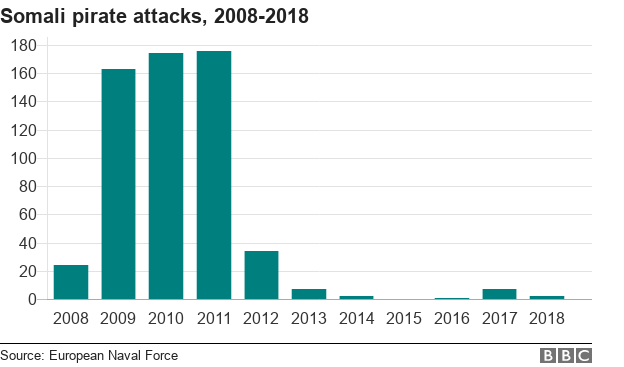Clan politics and corruption dominate an operational environment in which most western-aligned powers are trying to either improve security and stability, fight terror, or a combination of the two. Any time expensive vehicles purchased by the US State Department were being moved for the Somalis it was amazing how many people showed up to see “what was happening.” When it comes to equipment given from foreign governments to Somalia many in the Somali Army have trouble understanding the difference between “for me” versus “for my army.” The Somali military, like its government, is newly established and immature in its development. Somalia’s conventional force, the Somali National Army (SNA), exists but the health, discipline, and organization of its force varies greatly. For example, when trying to muster a group of 80 SNA soldiers for training Somali military coordinators were not sure where some soldiers were coming from and if they were even in the military.
Many SNA soldiers have received training from foreign militaries. SNA soldiers that have received formal basic military training, either at home or abroad, are not anywhere near the majority of the force. Generally speaking, the SNA requires foreign military assistance to be combat ready.
Furthermore, the Huawiye tribe dominates the military forces while the Darod tribe dominates the government. This creates external and internal conflict within the military. There is some disdain towards the government due to clan differences. There is also disdain towards Darod officers in the military. During our mission I chose to discontinue an officer’s only small-group training program because SNA leadership would only send Huawiye officers to the class despite there clearly being capable officers from other clans.
The SNA is not the only military force in Somalia. “Elite” Danab force are a subset of the Somali military in which the United States has invested heavily in compared to the rank and file SNA. While the Danab see themselves as the Somali version of special forces, a more accurate assessment of them would be better equipped SNA soldiers. However, one notable difference is that Danab units integrate members of all clans into their ranks. Another component of Somali military forces are the National Intelligence and Security Agency (NISA). Conflict between these different military organizations can often be as violent as their clashes with Al Shabab. There are multiple instances of NISA getting into firefights with Danab.
[v] While deployed, my team was able to hear the gunfire between the two by a checkpoint near Mogadishu’s airport.




 Reply With Quote
Reply With Quote



Bookmarks